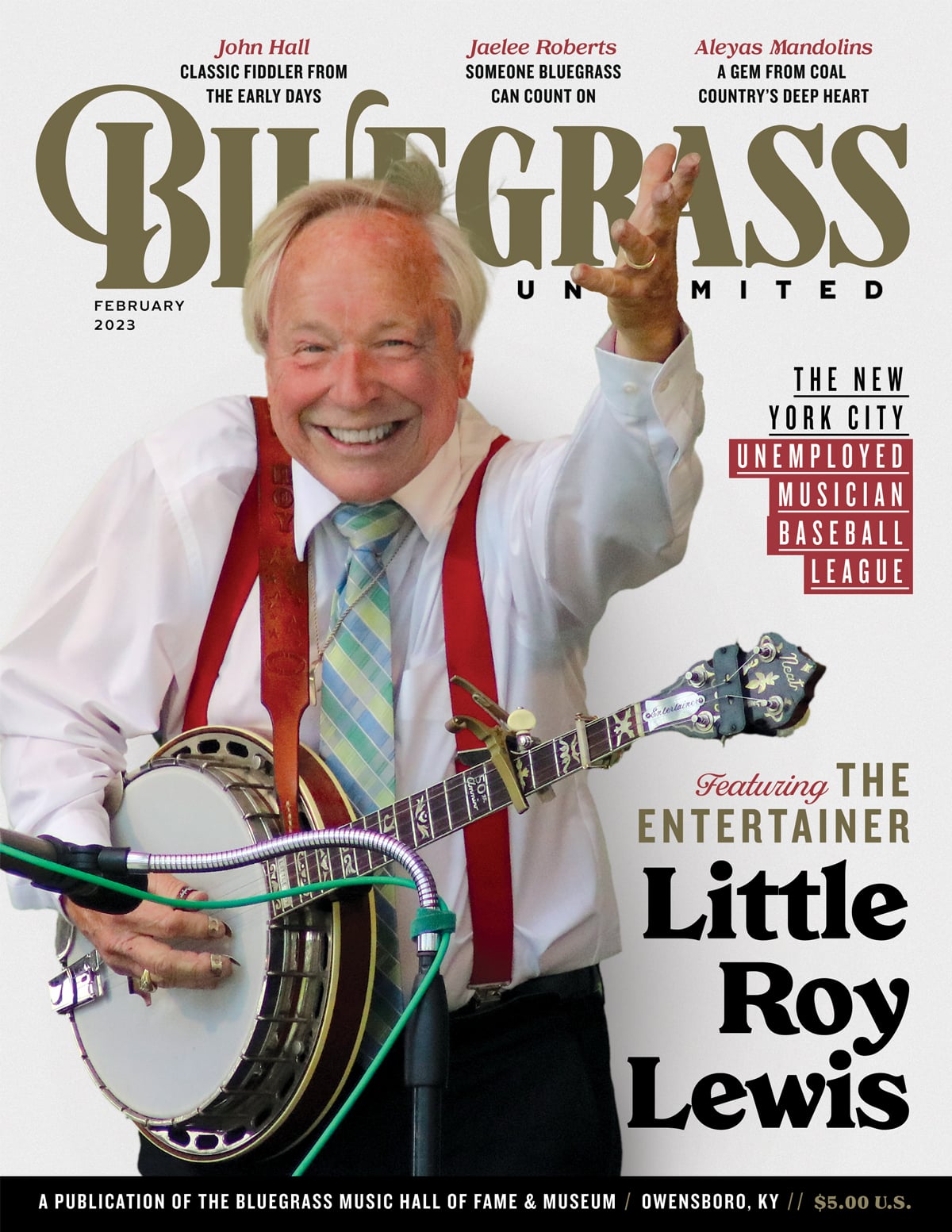Contemporary Bluegrass Backup Guitar
Rhythm guitar is often an overlooked part of the skill set of the modern bluegrass guitar player. Many amateur guitar players today spend the majority of their practice time learning and polishing up their solos, often to the detriment of their rhythm playing. Some even view rhythm as “that thing that you have to do at the jam while you are waiting for your next solo.”
Part of the problem is that it is not hard to learn some chords and a basic rhythm guitar lick and become a mediocre rhythm player. However, to be a great rhythm player takes a lot of study and practice. A problem that the beginning bluegrass guitarist runs into is that after they learn some chords and that first rhythm lick, they don’t know where to go from there. The large majority of instructional material on the market focuses on lead playing. However, now there is help in the form of Jeff Troxel’s new book Contemporary Bluegrass Backup Guitar.
Without diving too deep into the author’s background and credentials, I’ll just tell you that Jeff was a regular columnist for Flatpicking Guitar Magazine and I know him to be a highly talented player and instructor. His articles were always clear, thorough, easy to understand and informative. He has done the same in this book.
The 120-page book starts out presenting a variety of chord voicings for the common major chords (G, C, D, F, A, E), a few minor chords (Em, Am, Dm, Bm) and the B7 chord. Next Troxel presents the standard bluegrass rhythm lick—the “boom-chuck”—and how it is executed using a variety of chords as examples. The next section of the book addresses common chord progressions and various ways to execute the boom-chuck bass-note selection while performing these progressions. He then puts it all together by presenting a rhythm arrangement to the song “John Hardy.”
Next we learn the famous Lester Flatt “G-run,” with eight common variations. There are also examples of how to execute the run over the C and D chords. We then return to “John Hardy,” this time with some G-runs inserted.
The next chapter addresses various strum patterns that move beyond the basic boom-chuck. These are then demonstrated using the song “Bury Me Beneath the Willow.” The next section of this chapter shows how to include single-note picking along with strumming and demonstrates that technique using the song “Sitting On Top of the World” before moving on to address “Contemporary Strumming Patterns” and inserting these patterns in another arrangement of “Sitting On Top of the World” and “Little Sadie.”
The next chapter takes a look at bass runs. Troxel addresses many ways one can execute bass runs moving between various major and minor chords. “Sitting On Top of the World” is presented once again, this time adding bass runs. The songs “Keep on the Sunny Side of Life” and “Footprints in the Snow” are also used as examples.
The last chapter is 34 pages long and titled “Intros, Endings, Chord Melodies, Inversions, Pedal Tones, and Other Concepts.” Each of these concepts is addressed and song examples are given. Like the previous chapters, Troxel presents each of these topics in a clear and easy to understand manner and then presents enough examples and real song usage to help the reader understand each concept.
At the end of the book, Troxel has provided five appendices addressing topics such as Basic Music Theory, Capos and Transposition, Tuning, Guitar Picks and Strings, and Tunes (arranged lead solos to a variety of tunes that were presented previously in the book as rhythmic examples).
In this book, Jeff Troxel has done a great job in providing the tools any bluegrass guitar player will need to help bring their rhythm playing to the next level. This book (and its downloadable audio tracks) is highly recommended.

